Download
This section provides the relevant datasets for download. It includes the database containing all the data presented onthe website and a collection of other relevant databases that may be useful while analysing and studying industry domain such as the EU emission inventories (both air pollutants and greenhouse gases), the EU emission trading system dataset and the Energy Community database.
Below this, links to the relevant guidance documents have also been included, along with the reports and dissemination documents of the work on diffuse emissions developed under the European Pollutant Release and Transfer Register (E-PRTR).
Download datasets
Industrial reporting dataset
This dataset contains the location and administrative data for the largest industrial complexes in Europe, releases and transfers of regulated substances to all media, transfers of waster and more detailed data on energy input and emissions for large combustion plants (LCPs).
Air pollutants emission inventory
Compiled data include annual national total and sectoral emissions of air pollutants and associated activity data reported by European Environment Agency member and cooperating countries under the Longr-Range Transboundary Air Pollution Convention.
Greenhouse gas emission inventory
Data on greenhouse gas emissions and removals, sent by countries to the United Nations Framework Convention on Climate Change and to the EU greenhouse gas monitoring mechanism by EU Member States.
Energy Community database
This dataset contains the location and administrative data for LCP in the Energy Community (Energy Community Treaty 2006/500/EC) participating countries, along with more detailed data on energy input and emissions to air.
European Union emission trading system
The EU emissions trading system is a central instrument of the EU's policy to fight climate change and achieve cost-efficient reductions of greenhouse gas emissions
Download guidance documents
Data are reported by individual facilities to the relevant competent authorities on an annual basis. The respective authorities in the countries compile and check the quality of the reported data. The information displayed on the website is related to different dataflows: the EU Registry on Industrial Sites (EU Registry), which contains information about location and administrative data, and the E-PRTR/LCP integrated reporting, which includes thematic data on pollutant releases and transfers, waste transfers and data relating to LCPs.
EU Registry
The following page provides information which supports the EU Registry. This includes relevant guidance documents and tools to facilitate the reporting activity.
E-PRTR/LCP
This page provides information that supports the dataflow on E-PRTR and LCP integrated data reporting. This includes relevant guidance documents and tools to facilitate the reporting activity.
Official E-PRTR guidance
Access the original EPRTR guidance published in 2006
Download official E-PRTR guidance in other languages
[bg] [cz] [es] [da] [de] [et] [el] [fr] [it] [lv] [hu] [mt] [nl] [pl] [pt] [ro] [sk] [sl] [fi] [sv]
Diffuse emissions
AIR
In 2009, a methodology and dissemination document were developed to provide a close-up picture of air pollution from various sources such as road transport, shipping, aviation, domestic heating, agriculture and small business (diffuse emissions). Pollution from diffuse sources occurs over large areas from often indistinct elements. Although the large numbers of houses and vehicles in cities represent many point sources, they collectively represent a large, diffuse source of pollution. The data presented are derived from a range of different sources and data collection processes undertaken as part of that project. Download the methodology and the dissemination documents below.
Methodology Air
Dissemination Air
WATER
In 2013, an ad hoc study was launched by the European Commission to fulfil the provision on diffuse sources of Article 8 of the E-PRTR regulation. The available data were used in a series of estimation methods to quantify diffuse emissions. The results were used to prepare 40 maps, covering the EU Member States and the European Free Trade Association countries on a river basin district sub unit scale for a selection of key sources and substances. The report of this study and a dissemination document can be downloaded below.

